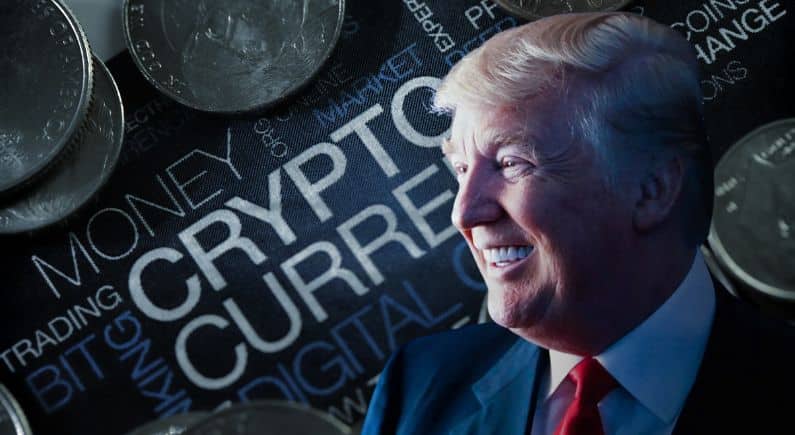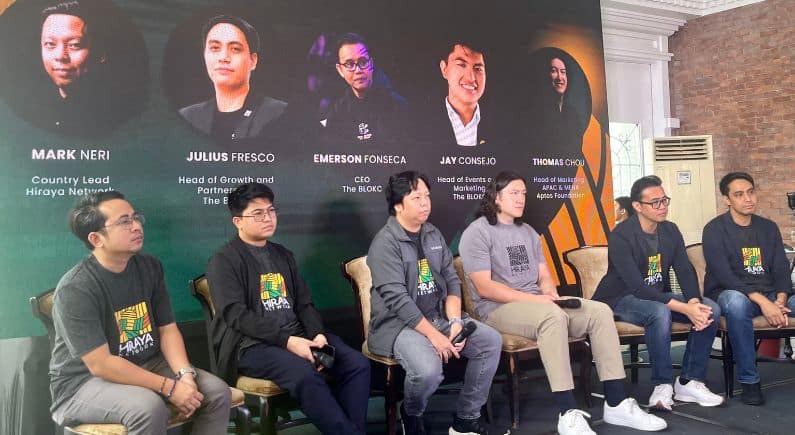[BLOCK] Checkmate: Combating COVID-19
![[BLOCK] Checkmate: Combating COVID-19](https://aibc.world/wp-content/uploads/2021/08/ad-1.jpg)
What do AI and blockchain have to do with COVID-19?
The subtleties of the coronavirus’s impact and the spread of the virus through different parts of the world, are illustrations of the kind of complexity that the human mind has difficulty dealing with – and are places where AI can potentially provide essential help.
Words by Ben Goertzel for the Spring issue of Block magazine.
The numerous failures we have seen our centralised political systems display in effectively responding to the COVID-19 pandemic, provide a reminder of why decentralized networks are so profoundly important.
For example, in the last two weeks the COVIDathon online decentralized-AI hackathon (which I helped organise) has gathered together a large community of blockchain and AI developers to make sure that when future pandemics or other global crises occur, a decentralized AI ecosystem is fully ready to play a major role.
How AI can help combat COMBAT COVID-19
AI can help medical researchers and front-line physicians confronting COVID-19 in a huge variety of ways. Potentially it can help discover new therapies, via analyzing vast amounts of information, seeing patterns obscure to the human eye and making suggestions for laboratory experiments and clinical tests.
AI researchers are now pointing their algorithms toward the COVID-19 Open Research Dataset, an open access collection of 29,000 research papers about COVID-19 and closely related viruses. And there are considerably more related papers in PubMed, Medrxiv and other online repositories. No physician or researcher can read all of these. However, AI information extraction tools can read out the most relevant information into a structured set of semantic relationships among key biological entities – which can then be visualised and fed into machine learning and reasoning algorithms aimed at generating new biological and clinical hypotheses.
The knowledge extracted by AI from research papers can also be used to help identify fake news in online and social media – comparing the contents of media statements with those in research papers and flagging significant semantic differences as questionable or possibly fake news.
AI has long been used to study the biology of ageing, longevity and age-associated diseases – and some of the knowledge AI systems have gained in this way may be helpful in dealing with COVID-19. For instance, the jump in severity of cases of COVID-19 over the age of 60 suggests a possible involvement of the midlife switch, a biological phenomenon in which the pattern of expression of multiple genes changes suddenly at around this same age. Drawing connections between COVID-19 related genes and midlife switch related genes, leveraging knowledge from numerous scientific datasets and databases and research papers, is exactly the kind of job that AIs can do better than humans.
Knowing detailed information about an individual person’s biology, an AI system may be able to predict whether – if this person does get infected with COVID-19 – the infection is going to be severe or not. This would be of significant practical value in terms of recommending courses of treatment for patients, guiding who needs to be hospitalised when, and who should be taking which preventative measures.
AI-powered simulations of epidemic spread
Currently, extremely costly and impactful social policy decisions regarding the control of COVID-19 spread are being made based on very simplistic modeling and analysis. Decisions such as when to start or stop social distancing, which industries to consider as essential and which travel to block are being made based on a combination of intuition, politics, and highly approximate epidemiological equations.
There is a better way – agent based modeling, in which one sets up a detailed computer simulation model of the society one wants to understand, and populated the simulation with AI agents representing individuals living in that society. Think Sim City but with less pizzazz and more realism, and simulated people that intelligently emulate real people’s movement and interaction behaviours.
Agent-based modeling, various virus-control policies and their consequences can lead to more accurate predictions about contagion, hospitalisation needs, ICU needs and death rates. It can allow more accurate simulation of both the medical and economic impact of varying degrees of lockdown.
Such modeling could even be taken down to the individual level – imagine a software tool that lets users simulate how their own life would be if they made various personal choices (e.g. go to the office to work or not, go to the supermarket twice per week or not) and estimate the health of themselves and their family in the context of these choices. This sort of simulation could be integrated with the healthcare system and with tracking apps, to show close to real time risks based on the current situation in a user’s location.
Tracking and curing pandemics while respecting privacy and date sovereignty
Successful epidemic containment strategy in some countries has relied on tracking individuals through cell phone location history. This is useful yet leads to obvious privacy concerns, with rampant potential for abuse. Blockchain is a perfect tool to the rescue. A trustless decentralized approach can ensure the relevant data is securely stored and used exclusively for epidemic containment reasons.
This could for instance take the form of a dedicated app, which can be expanded to collect clinical data from wearables, questionnaires and self-reports. Users could also volunteer contact information for others they’ve been in close proximity with, allowing tracing of the “tree of contagion” and automating the outreach effort by healthcare services. MIT’s Safepath and Switerland’s Wetrace are two of the many projects now working in this direction.
Wearable data can be used for early illness detection – AI can be used to explore subtle physiological deviations detectable by wearable devices. Early detection is critical for both containment and mitigation, and can be used to prioritise patient testing while diagnostics are in short supply. But again, what we want here is to share patient data for global AI analytics, without violating individual privacy – a feature blockchain based tools can supply.
Deeper on the medical side there is an open access COVID-19 CT scan data set, which can and will soon be used for machine learning diagnostic models. Multiple groups of AI researchers will likely soon have good models on this data, but by putting AI and blockchain together we can go beyond this. To create a system capable of helping with future pandemics as well will require a constant sharing of CT scans by hospitals to then automatically detect anomalies. If the data can be shared anonymously and the patient remains in control of their data, then this would be a worldwide scalable system that could also improve reaction speed for future pandemics.
Effectively curing and coping with COVID-19 in the context of modern society is not a simple matter and requires integration of a huge variety of technologies and human expertise. But the best path out of the current situation, and to minimise the severity of future crises as well, involves a significant amount of AI and blockchain in the mix. There is no other way to deal with this level of complexity in a manner that avoids information bottlenecks and other pathologies of centralized control.
About AIBC:
AIBC Summit is a global expo covering topics relating to the global sectors for blockchain, AI, Big Data, IoT, and Quantum technologies. The event includes conferences hosted by globally renowned speakers, workshops for industry learning and discussion, an exhibition space accommodating more than 400 brands and a number of networking events.






